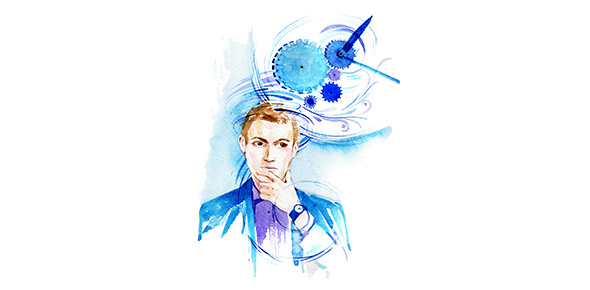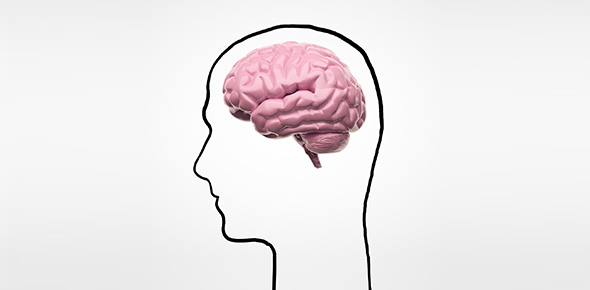Related Flashcards
Related Topics
Cards In This Set
| Front | Back |
|
Describe a theory relating to the maintainence of Bulimia Nervosa
|
Fairburn's cognitive theory: a person who develops bulimia values an idealised body weight or image which results in unrealistic restricted eating, this leaves them physically and psychologically susceptible to binging, the person then purges/compensates which reduced anxiety about the binge and disrupts learned satiety that regulates food intake. The process results in distress and lowered self esteem which increases the liklihood of the restriction-purging behaviour.
|
|
Describe a cognitive theory that explains Anorexia Nervosa
|
Fairburns model suggests that the person overvalues shape and control, they then restrict diet and begin to show 'starvation syndrome' (preoccupation with eating, social withdrawal, fullness and obsessionality). The maintainance model (fairburn again) suggests 3 main factors maintain AN, the dieting enhances a sense of self control and initial success reinforces this, aspects of the starvation (physcial and psychological) promote further restriction and extreme concern about weight results in the person filtering information about weight/shape using biased information processing
|
|
Outline a theory regarding grief/loss/terminal illness
|
The Kubler-Ross model suggests there are 5 stages people go through (although not necessarily in order and may not experience all) Denial, Anger, Bargaining, Depression, and Acceptance.
|
|
Explain Maslow's Hierarchy of needs
|
There are a series of needs that need to be actualize before subsequent needs can be met. 5 are key, physiological, safety, love/belonging, esteem and self-actualisation. If the layers from esteem and below are not met the individual may not show deficiencies physically but will be anxious and tense.
|
|
Explain rapee & heimburg's theory of social phobia
|
People with social phobia assume others are inherently critical and attach fundamental importance to being +vely appraised by others.
On encountering social sitn, an indiv forms a mental representation of their external appearance and behav as presumably seen by audience and focuses attnl resources onto this internal representation and on perceived threat in social envmt. These inputs include info retrieved from long-term mem (e.g. prior exp in the situation, etc.), internal cues (e.g. phy sxs), and external cues (e.g. audience feedback). In case of social phobia, potential external threat refers to indicators of possible -ve eval such as frowns, signs of boredom, etc.
The discrepancy btwn person’s appraisal of their performance (appearance and/or behav) and their perception of audience's standard for eval of their appearance/behav determines perceived likelihood of -ve eval from audience and consideration of social conseqs of expected -ve eval. Predicted –ve eval further elicits anx which influences indiv's mental rep of their appearance/behav as seen by audience, and cycle is renewed.
|
|
Explain the dual pathway model of eating disorders
|
Pressure to be thin and thin-ideal internalization result in body dissatisfaction. This results in negative affect and dieting (which contributes further to negative affect) which result in bulimic sx
|
|
Explain Ehlers and Clark's model of PTSD
|
PTSD is an anxiety disorder, relating to perceptions of current threat originating from past threat/experience. Excessive negative appraisal of the trauma/its sequelae and disturbance of the autobiographical memory are activated by intrusions/arousal/anxiety. Problematic behavioural and cognitive strategies/responses prevent a change in these negative appraisals. Although these bring short term relief, they stop alterations in cognitions and maintain problems.
|
|
Explain the basics of pavlovian learning
|
An unconditioned stimulus elicits an unconditioned response, when a conditioned stimulus is paired with the unconditioned stimulus it too elicits the unconditioned response. The conditioned stimulus is then eliciting a conditioned response.
|
|
Explain the five factor model of personality
|
Personality is made up of five factors, openness to experience, conscientiousness, extraversion, agreeableness and neuroticism.
|
|
Explain Fairburn's transdiagnostic model of eating disorders
|
Eating disorder sufferers overvalue shape/weight/eating control, this results in strict dieting and noncompenatory weight control behaviour. In anorexic clients this results in features of undereating and low weight however in bulimic clients it results in binge eating followed by compensatory behaviour (particularly where negative events and sccosiated mood change occurs. This reinforces the overvaluation and struct dieting behaviour.
|
|
What did Casey add to Clark's model of panic?
|
Panic self efficacy
|
|
Explain Clark’s model of panic
|
The trigger stimulus is perceived as a threat, this creates apprehension and body sensations which are then interpreted as catastrophic.
|
|
How does learning theory aid in explanation of agoraphobic avoidance?
|
The fear is developed through classical conditioning however operant conditioning perpetuates the fear as through avoidance the person does not come into contact with the feared stimulus. It is important to note that this is simplistic, as fear can also be developed through observational learning and information transfer.
|
|
Explain Wells’ metacognitive model of GAD
|
The trigger (such as an image of house on fire) triggers positive meta beliefs (I worry because I care) this activates type 1 worry about catastrophic outcomes, this then activates the negative meta-belief (if I don’t control my thoughts they will control me) which activates the type two meta-worry (I’m losing control and I will go crazy). This in turn activates thought control (stop the thoughts), emotion (anxious, tense etc. which reinforces type 1 worry) and behaviour (scan news for housefires etc).
|
|
What did Davey suggest acquisition and maintenance of phobia could be influenced by?
|
Aside from conditioning acquisition is influenced by degree of familiary with object (latent inhibition), fear can be learned vicariously (observational learning) and through previous beliefs and expectancies. Maintenance can be influenced by subsequent experience (Mowrer), social/verbal information and cognitive rehearsal (overestimation of threat/devaluation of threat)
|







